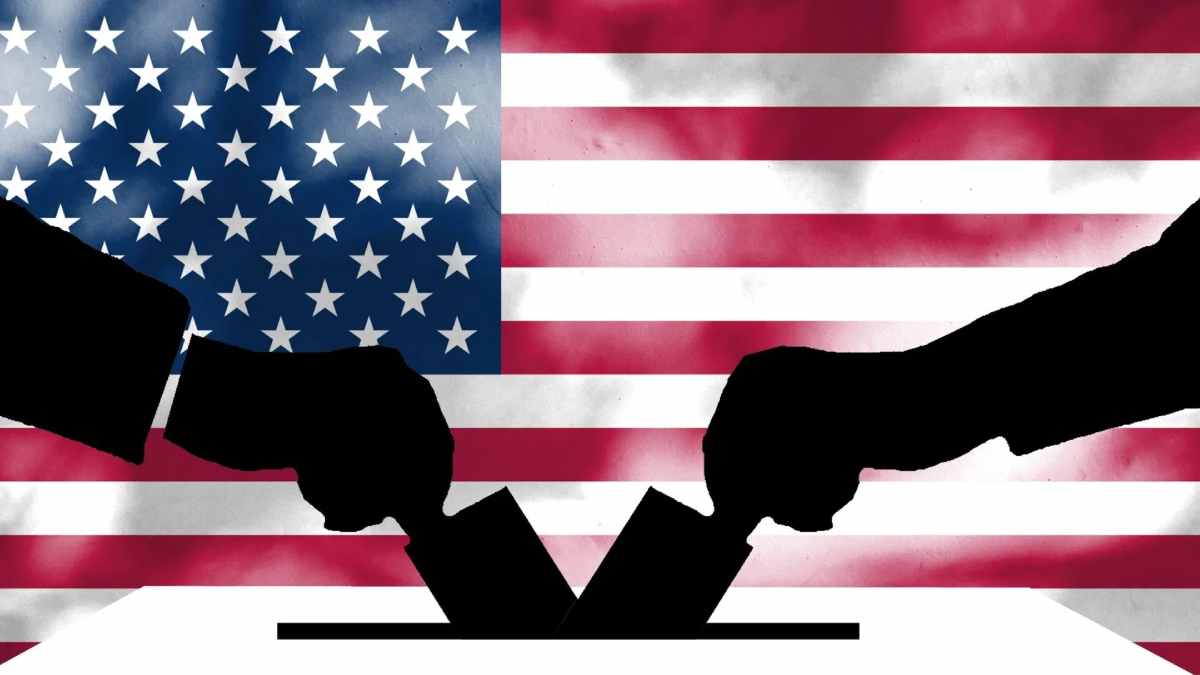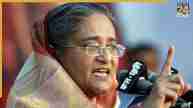Did you know that a candidate getting the majority of votes in the US Presidential Election may not be elected? It has happened six times in US history, twice recently. Democrat candidate Hillary Clinton got about 2.9 million more votes than her Republican rival Donald Trump in 2016 but lost the election. Similarly, in 2000, Democratic candidate Al Gore received more votes than Republican candidate George Bush, who ultimately became the president.
Don’t Voters Vote For Presidential Candidates?
Contrary to the general belief, the US President is not directly elected, it means, the voters technically do not vote for the presidential candidate directly, rather they vote for the electors, who elect the president. This list is called the slate of electors and the group of electors thus elected is called the electoral college.
Electoral College
The US Electoral College has 538 members in total. This number has been fixed on the basis of the population of each state so that there is equal representation.
It is equal to the number of the members elected from the state to the House of Representatives plus two members for the Congress, equivalent to the upper house in the parliamentary system.
While California has a maximum of 54 electors, Alaska, North Dakota, South Dakota, Delaware, Vermont, Wyoming, and the District of Columbia have a minimum of 3 electors each.
Electoral College Elects President
Each of the presidential candidates releases a list of electors. After the polling that is held on the Wednesday coming after the first Monday in November, the electors meet in December to elect the president.
‘Unfaithful Electors‘
It is the general convention that each elector votes for the candidate on whom slate he is. If he does not do so, he may be replaced and legal action may be taken against him or her. They are also called “unfaithful electors”. In the US Presidential Election 2016, some “unfaithful electors” emerged.
‘Winner Takes All’
Except for the states of Maine and Nebraska, all of the US states have adopted the system of “winner takes all”. It means, that if a Presidential candidate gets more than 50% of the votes cast, all the electors of the college will go to him. For example, if in the state of California, a candidate gets the majority of votes, he will get all 54 electoral college seats, irrespective of the votes his rival receives.
Swing States
This leads to the concept of “swing states” or “battleground states”. These are those states which are not known for voting to either the Democrat or the Republican candidates.
These are the states where there is a neck-to-neck fight and any of the two candidates can win. They are also the states that hold the keys to the White House.
There are seven swing states with a varying number of electors: Arizona (11), Georgia (16), Michigan (15), Nevada (6), North Carolina (16), Pennsylvania (19) and Wisconsin (10).
7 Kingmaker States
Thus, these seven states with a population of 61.3 million and electoral college seats of 93 determine the president and the fate of the entire country of 240 million with the electoral college of 538.
The Electoral College of 538 electors consists of 435 representatives, 100 senators from the fifty states, and three electors from Washington, D.C.
The system is also criticised because the more populous states get sidelined by the ‘swing’ states. The six states with the most electors are California (54), Texas (40), Florida (30), New York (28), Illinois (19), and Pennsylvania (19).
How Was Electoral College System Adopted?
According to the Virginia Plan, adopted by the Constitutional Convention in 1787, Congress was called to elect the president, and the delegates from a majority of states agreed to it.
However, during the debate the proposal was opposed because this method of election could violate the separation of powers. This was followed by a motion being moved by James Wilson who proposed that the electors should choose president.
The Constitutional Convention approved the committee’s Electoral College proposal on September 4, 1787.
How Are Electors Nominated?
Each state nominates its electors according to its laws. They are generally party stalwarts, who do not hold an office of profit and are not members of any house.
They are nominated in some states by voters in primaries the same way other presidential candidates are nominated. States like Oklahoma, Virginia, and North Carolina, nominate their electors in party conventions.
Besides, in Pennsylvania, the campaign committee of each candidate names their respective electoral college candidates.













